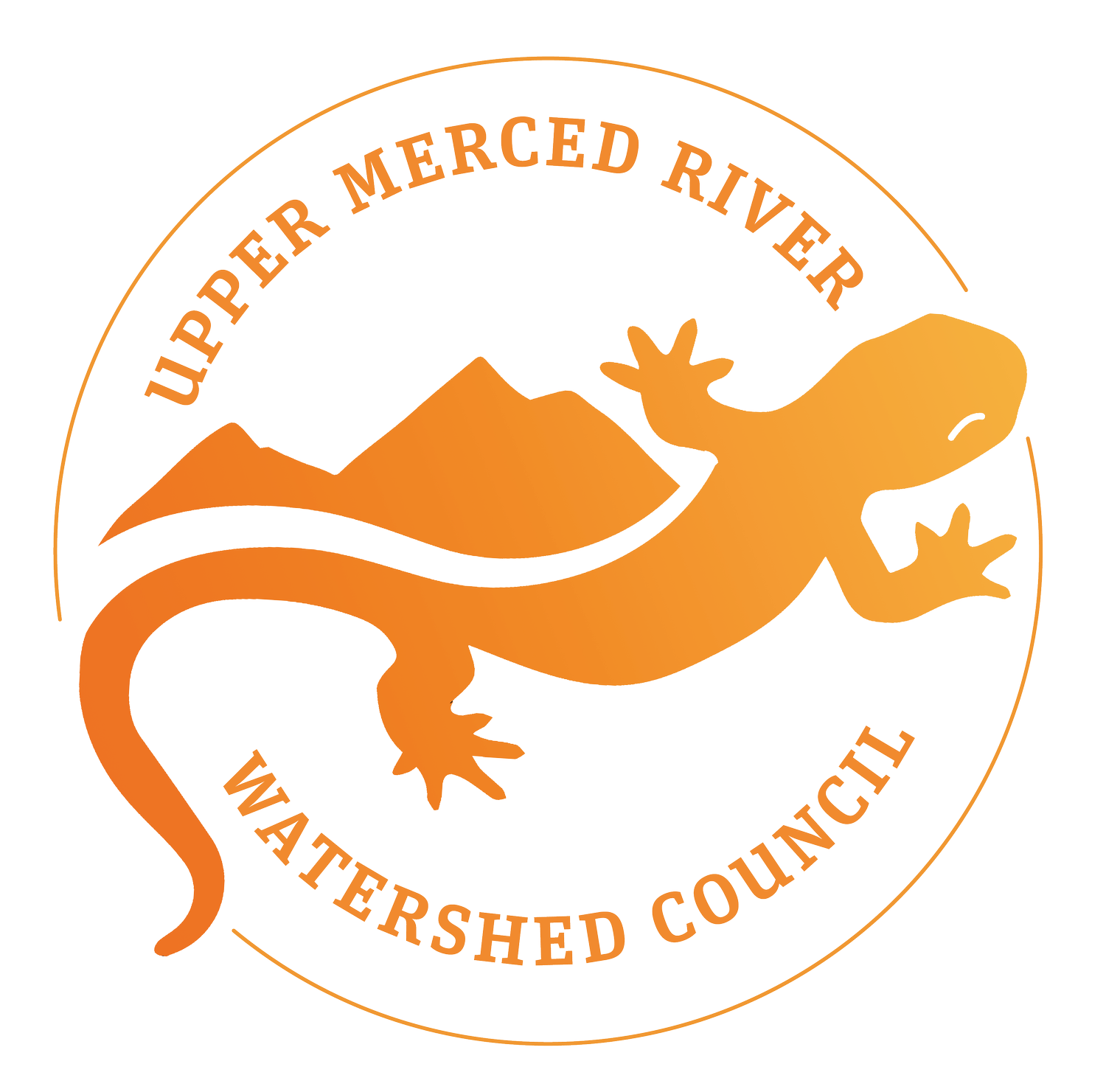Geological and Hydrologic Values
The Merced River is the product of eons of geologic and hydrologic processes and forces that continue to shape the landscape.
-
Glaciation and river erosion, coupled with the influence of bedrock fractures, carved pathways that the Merced River continues to follow, creating the river’s variable gradients and dramatic changes in water speed and volume. Flows move through classic, glacially carved canyons, over sheer cliffs and steep cascades exemplifying stair-step river morphology, through an alluvial landscape in Yosemite Valley, and past an exemplary boulder bar in El Portal.
The upper Merced River canyon is a textbook example of a rare, U-shaped canyon that was carved by glaciers
This segment of the Merced River is characterized by a large-scale, U-shaped, glacially carved canyon. The Merced River above Bunnell Cascade highlights the relationship between geology and river course, as exemplified by the sweeping, glacially sculpted granite canyon that cradles the river.
The “Giant Staircase,” which includes Vernal and Nevada falls, is one of the finest examples in the western United States of stair-step river morphology.
This river segment, famous for its glacially carved landforms, is unique in the scale, variety, and sheer grandeur of its celebrated rock and water features. Dropping over the 594-foot Nevada Fall and then the 317-foot Vernal Fall, the Merced River creates what is known as the “Giant Staircase.” This exemplary stair-step river morphology is characterized by substantial variability in river hydrology, from quiet pools such as Emerald Pool to the dramatic drops in the waterfalls.
The Merced River, from Happy Isles to the west end of Yosemite Valley, provides an outstanding example of a rare, mid-elevation alluvial river.
In Yosemite Valley, the Merced River is alluvial, characterized by a gentle gradient, a robust flood regime with associated large woody debris accumulation, and complex riparian vegetation. There are few examples in the Sierra Nevada of similar river morphology at this scale and elevation (about 4,000 feet).
The boulder bar in El Portal was created by changing river gradients, glacial history, and powerful floods. These elements have resulted in accumulation of extraordinary, large boulders, which are rare in such deposits
When river gradients decrease, rivers lose the energy needed to transport large sediments and boulders. In such areas, bar-type deposits—such as the large boulder bar at the east end of El Portal—are built up. This rare boulder bar contains massive boulders measuring over a meter in diameter and weighing many tons. It is the combination of boulder availability, steepness of the river in the gorge, major change in gradient and valley width at El Portal, and size of the Merced’s peak floods that enables the river to create such a boulder bar. As illustrated by the January 1997 flood, the Merced continues to sort and build this bar, providing evidence in all seasons of the river’s potential erosional and depositional ability.
-
Geological Value: Contact between meta sedimentary and granitic rock
-
Geological Value: Oldest gold-bearing rocks






